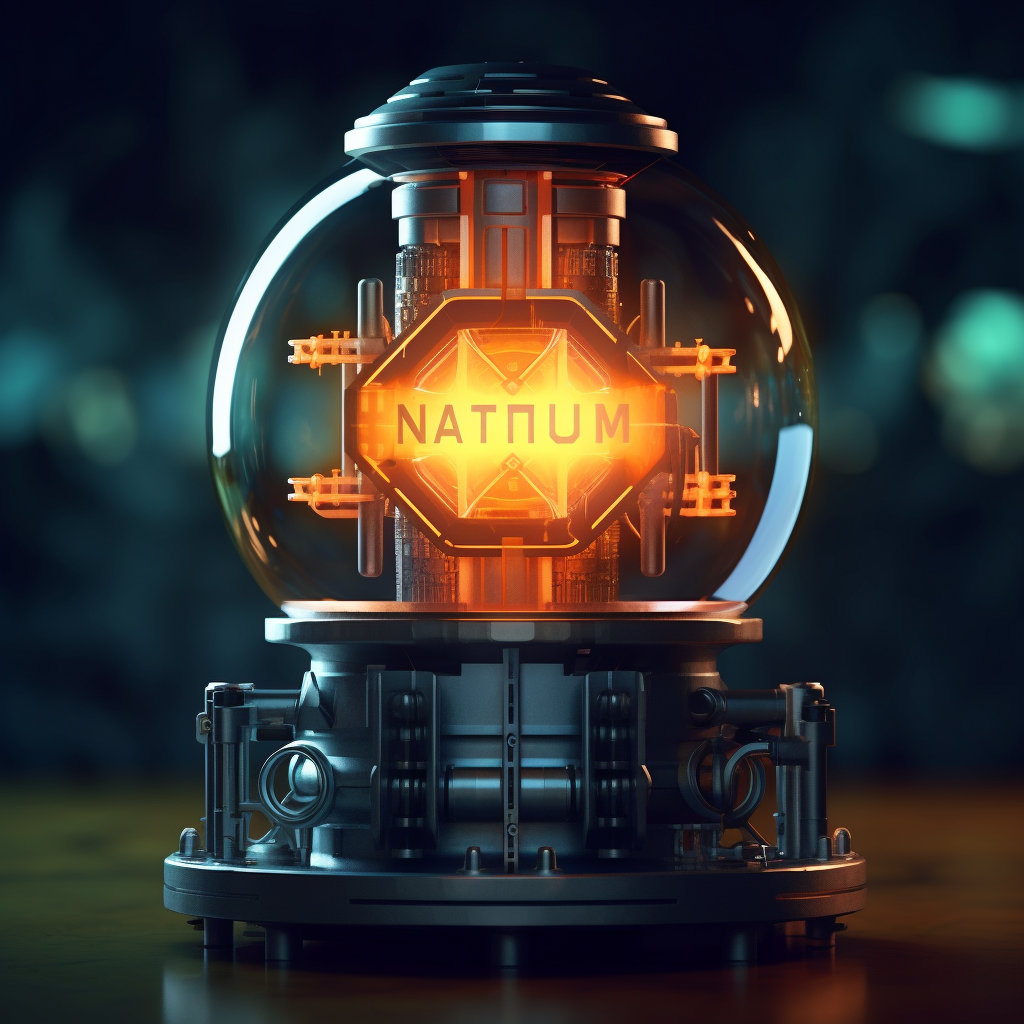
这几天看了与能源相关的两篇文章,都和钠有关。
一、钠电池
“…而今,中国正在为引领充电电池的新一代重大创新做准备:用成本便宜得多、储备也丰富得多的钠取代锂。
《为什么说中国将主导电池产业的未来》,纽约时报
钠属于盐的一部分,它随处可见,价格只有锂的1%到3%,但二者的化学性质非常接近。近来取得的突破意味着钠电池如今可以实现长期频繁充电,这削弱了锂电池的一个关键优势。钠电池的容量也有所提升。
而且钠电池还有一个很大的优势:当温度远低于冰点,它还可以保持几乎所有电量,这是锂电池通常无法做到的。
…”
二、用液态钠作为核电冷却和热传导介质
”…
I’m in Wyoming to celebrate the next nuclear breakthrough, by Bill Gates
But what if you could cool your reactor with something other than water? It turns out that, by comparison, liquid metals can absorb a monster amount of heat while maintaining a consistent pressure. The Natrium plant uses liquid sodium, whose boiling point is more than 8 times higher than water’s, so it can absorb all the extra heat generated in the nuclear core. Unlike water, the sodium doesn’t need to be pumped, because as it gets hot, it rises, and as it rises, it cools off. Even if the plant loses power, the sodium just keeps absorbing heat without getting to a dangerous temperature that would cause a meltdown.
但是如果你可以用水以外的东西冷却你的反应堆呢? 事实证明,相比之下,液态金属可以吸收大量的热量,同时保持恒定的压力。 钠工厂使用液态钠,其沸点比水高 8 倍以上,因此它可以吸收核芯产生的所有额外热量。 与水不同,钠不需要泵送,因为当它变热时,它会上升,而当它上升时,它会冷却。 即使工厂断电,钠也会继续吸收热量,而不会达到会导致熔毁的危险温度。
…”